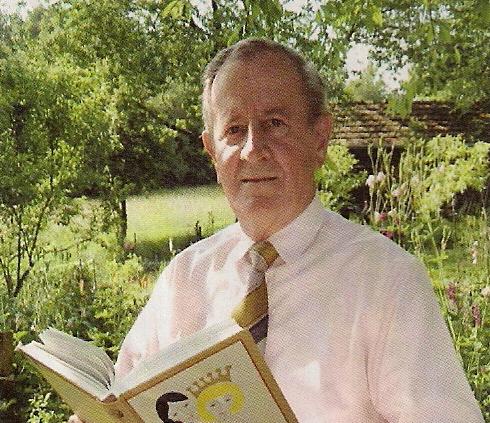Károly Krajczár on:
[Wikipedia]
[Google]
[Amazon]
 Károly Krajczár ( sl, Karel Krajcar) (September 2, 1936 – April 18, 2018) was a
Károly Krajczár ( sl, Karel Krajcar) (September 2, 1936 – April 18, 2018) was a
Hungarian Slovene
Hungarian Slovenes (Slovenian language, Slovene: ''Madžarski Slovenci'', hu, Magyarországi szlovének) are an indigenous peoples, autochthonous ethnic and linguistic Slovenes, Slovene minority living in Hungary. The largest groups are the Ráb ...
teacher and writer. He was born in Apátistvánfalva
Apátistvánfalva ( sl, Števanovci, german: Stephansdorf) is a village in Vas County, Hungary.
Notable residents
* Károly Krajczár (born 1936), Hungarian Slovene teacher
* Ferenc Marics (1791–1844), Hungarian teacher
* Antal Stevanecz (1861 ...
. He wrote Slovene textbooks and collected ethnological objects.
Krajczár was born in Apátistvánfalva
Apátistvánfalva ( sl, Števanovci, german: Stephansdorf) is a village in Vas County, Hungary.
Notable residents
* Károly Krajczár (born 1936), Hungarian Slovene teacher
* Ferenc Marics (1791–1844), Hungarian teacher
* Antal Stevanecz (1861 ...
. His parents was Károly Krajczár sg. and Etelka Borovnyák. In 1956, before the Hungarian Revolution, he participated in the sympathy demonstration for the Poles
Poles,, ; singular masculine: ''Polak'', singular feminine: ''Polka'' or Polish people, are a West Slavic nation and ethnic group, who share a common history, culture, the Polish language and are identified with the country of Poland in Ce ...
. In 1958, Krajczár received a Slovene-Hungarian professional certificate in Budapest
Budapest (, ; ) is the capital and most populous city of Hungary. It is the ninth-largest city in the European Union by population within city limits and the second-largest city on the Danube river; the city has an estimated population ...
. Between 1964 and 1970, he was a professional inspector for the Slovene language and also a Slovene teacher at Berzsenyi College in Szombathely
Szombathely (; german: Steinamanger, ; see also other alternative names) is the 10th largest city in Hungary. It is the administrative centre of Vas county in the west of the country, located near the border with Austria. Szombathely lies by t ...
. In 1954 and 1996, his book ''Rábavidéki szlovén népmesék / Porabsek pravljice'' (Popular Fairy Tales of the Slovenes from the Rába Valley) appeared in Prekmurje Slovene
Prekmurje Slovene, also known as the Prekmurje dialect, East Slovene, or Wendish ( sl, prekmurščina, prekmursko narečje, hu, vend nyelv, muravidéki nyelv, Prekmurje dialect: ''prekmürski jezik, prekmürščina, prekmörščina, prekmör ...
, which was published in a new edition in Hungarian and standard Slovene in 1990. After the end of communism in Hungary
Communist rule in the People's Republic of Hungary came to an end in 1989 by a peaceful transition to a democratic system. After the Hungarian Revolution of 1956 was suppressed by Soviet forces, Hungary remained a communist country. As the So ...
, he tried to write coursebooks in the Prekmurje dialect and introduce new dialect-based education, but the initiative was rejected.
After his retirement, he lived in Apátistvánfalva.
Sources
* Változó Világ: ''A Magyarországi Szlovének'', Press Publica 2003.See also
*List of Slovene writers and poets in Hungary
This is a list of Slovene writers and poets in Hungary.
A
* Imre Augustich
B
* József Bagáry
* Mária Bajzek Lukács
* Mihály Bakos
* István Ballér
* Irén Barbér
* Mihály Barla
* Iván Bassa
* József Bassa
* Balázs Berke
* Fe ...
Slovenian writers and poets in Hungary
Slovene educators
Hungarian educators
1936 births
2018 deaths
{{Hungary-writer-stub